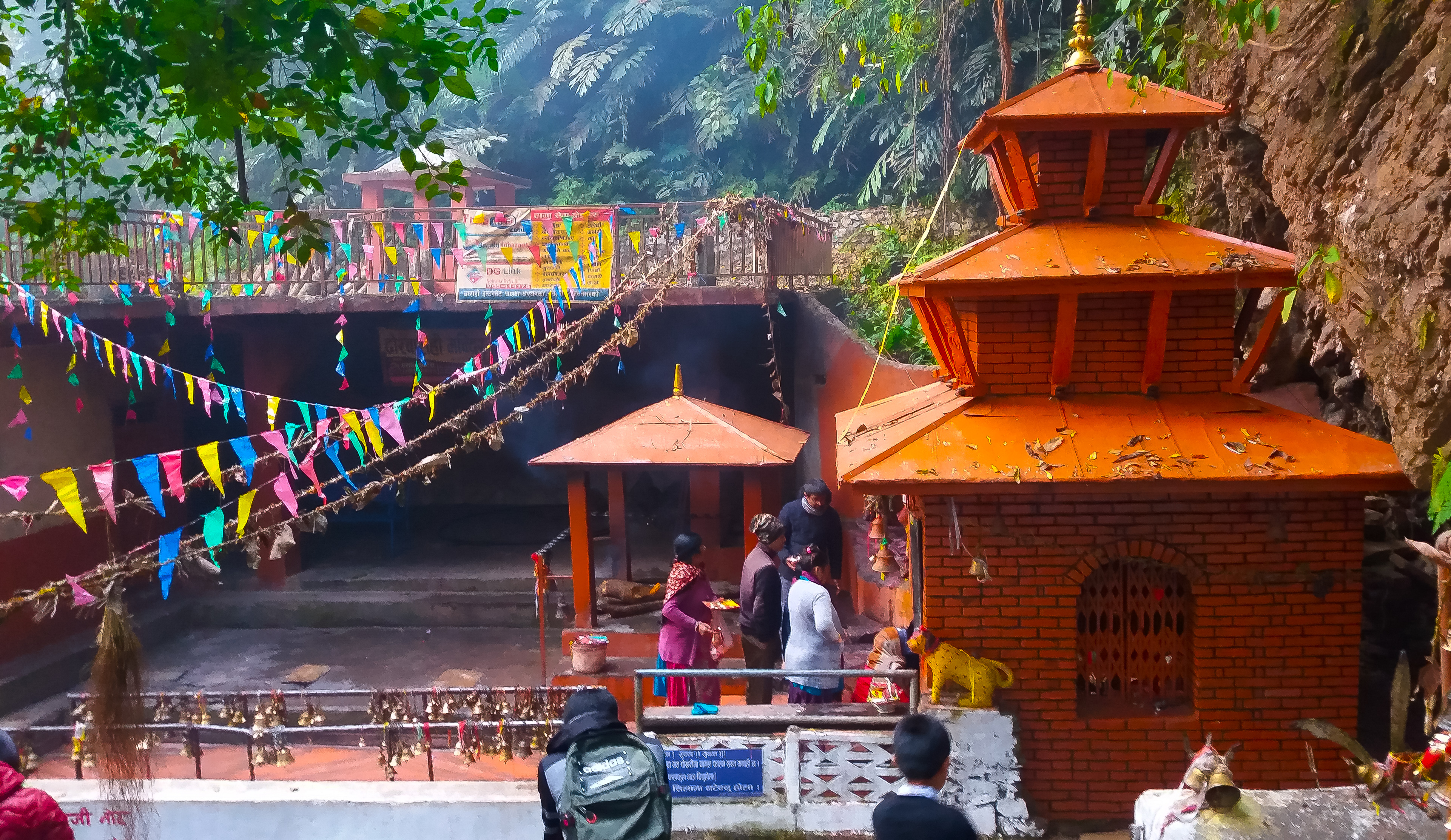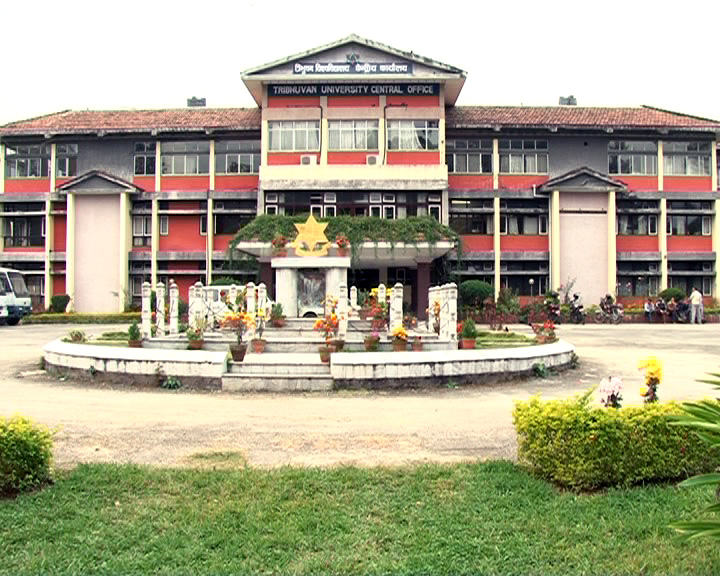|
Chundi Ramgha
Chundi Ramgha is a village which lies in Bhanu Municipality, Tanahun District, Nepal. Actually Chundi is the name of river ( Chundi River), which flows through the lower lands of Ramgha base. The first poet of Nepali language hence known as Aadikavi (early poet) Bhanubhakta Acharya was born in Chundi Ramgha. Nara Nath Acharya, who wrote the ''Authentic Biography of Bhanubhakta Acharya'' was also born and lived in this village. Dhakal, YashodNaranath Acharyako jivani, Vyaktitva Ra Krtitvako AdhyayanA Master's Thesis in nepali at Tribhuvan University Tribhuvan University (TU; ne, त्रिभुवन विश्वविद्यालय) is a public university located in Kirtipur, Kathmandu. Established in 1959, TU is the oldest university in Nepal. In terms of enrollment, it is t ... References {{coord missing, Nepal Populated places in Tanahun District ... [...More Info...] [...Related Items...] OR: [Wikipedia] [Google] [Baidu] |
Statue Of Bhanubhakta Acharya At Chundi Ramgha Cropped
A statue is a free-standing sculpture in which the realistic, full-length figures of persons or animals are carved or cast in a durable material such as wood, metal or stone. Typical statues are life-sized or close to life-size; a sculpture that represents persons or animals in full figure but that is small enough to lift and carry is a statuette or figurine, whilst one more than twice life-size is a colossal statue. Statues have been produced in many cultures from prehistory to the present; the oldest-known statue dating to about 30,000 years ago. Statues represent many different people and animals, real and mythical. Many statues are placed in public places as public art. The world's tallest statue, ''Statue of Unity'', is tall and is located near the Narmada dam in Gujarat, India. Color Ancient statues often show the bare surface of the material of which they are made. For example, many people associate Greek classical art with white marble sculpture, but there is evidenc ... [...More Info...] [...Related Items...] OR: [Wikipedia] [Google] [Baidu] |
Bhanu Municipality
Bhanu is a municipality of Tanahun District in Gandaki Zone of western Nepal. The municipality was established on 19 September 2015 by merging the existing Bhanu village development committee or VDC, Barbhanjyang VDCs, Rupakot (VDC), Tanahunsur Village Development Committee, Purkot VDC, Mirlung VDC, Satiswara VDC, Risti VDC, Basantapur VDC and Chok Chisapani VDC. The center of the municipality is established in former VDC Office of Bhanu. After merging the population of all of the VDCs, it had a total population of 46,179 according to 2011 Nepal census. After the government decision the number of municipalities has reached 217 in Nepal. Nepali poet Bhanubhakta Acharya was born in Bhanu Municipality. It was named after him. Ward Profile There are 13 wards in Bhanu Municipality. Notable Persons * Bhanubhakta Acharya, a famous poet of Nepal * Govinda Raj Joshi, Nepalese politician * Ram Chandra Poudel, Nepalese politician * Rajendra Chhetri, Chief of Army Staff of ... [...More Info...] [...Related Items...] OR: [Wikipedia] [Google] [Baidu] |
Tanahun District
Tanahun District ( ne, तनहुँ जिल्ला , or ), a part of Gandaki Province, is one of the seventy-seven districts of Nepal. The district, with Damauli as its district headquarters, covers an area of and has a population (2011) of 323,288. Previously the town of Bandipur was its district headquarter. This district lies in the middlemost of country Nepal. The postal code of Tanahun is 33900. Bhanubhakta Acharya (Nepali: भानुभक्त आचार्य; 1814 – 1868) was a Nepalese poet and writer who translated the great epic Ramayana from Sanskrit to Khas language. His birthplace is Chundi Ramgha Tanahun Nepal. Bhanubhakta Acharya was born on 29 Ashar, 1871B.S. in Tanahun district of Nepal. Acharya was born to a Very Brahmin family and received education with a strong leaning towards religion from his grandfather at home. He is honored with the title Adikabi for the contributions he has made in the field of poetry and Khasi literature and every ye ... [...More Info...] [...Related Items...] OR: [Wikipedia] [Google] [Baidu] |
Nepal
Nepal (; ne, नेपाल ), formerly the Federal Democratic Republic of Nepal ( ne, सङ्घीय लोकतान्त्रिक गणतन्त्र नेपाल ), is a landlocked country in South Asia. It is mainly situated in the Himalayas, but also includes parts of the Indo-Gangetic Plain, bordering the Tibet Autonomous Region of China to the north, and India in the south, east, and west, while it is narrowly separated from Bangladesh by the Siliguri Corridor, and from Bhutan by the Indian state of Sikkim. Nepal has a diverse geography, including fertile plains, subalpine forested hills, and eight of the world's ten tallest mountains, including Mount Everest, the highest point on Earth. Nepal is a multi-ethnic, multi-lingual, multi-religious and multi-cultural state, with Nepali as the official language. Kathmandu is the nation's capital and the largest city. The name "Nepal" is first recorded in texts from the Vedic period of the India ... [...More Info...] [...Related Items...] OR: [Wikipedia] [Google] [Baidu] |
Chundi River
The Chundi is a small river located in the western part of the Tanahun District of Nepal. It starts from around the Chandrawati Territory, which lies in Bhanu Municipality. Joined by several tributaries, it flows roughly 18 km in a north-to-south direction to its confluence with the River Marshyangdi near Bimalnagar. The river served as the border between Bhanu VDC and Barbhanjhyang VDC until 2015, when the two were merged to form Bhanu Municipality. Socioeconomic aspect The river has served as the source for irrigation in Chundi basin fields since antiquity. The well known 'Barah Kulo' (Barah Canal) with its more than 150-year-long history maps the Chundi river water from 'Barah Bandh' (a small water dam) to the Chundi Basin fields. The Barah Bandh is located (where?). Many people including Manjhimen (Fishermen) use to fish in the river. Some sell them in the market while other fish for self. The river has also served the purpose of bathing, washing clothes and many more f ... [...More Info...] [...Related Items...] OR: [Wikipedia] [Google] [Baidu] |
Bhanubhakta Acharya
Bhanubhakta Acharya () (1814—1868 CE) (1871—1925 BS) was a Nepali writer, poet, and translator. He is widely regarded as the first poet in the Nepali language, for which he was conferred with the title of "Aadikabi": literally, "the first poet". He is best known for translating the epic ''Ramayana'' from Sanskrit to Nepali for the first time. Initially, his translation of the Ramayana was popular in oral form. It was later compiled and published by Motirām Bhatta in the late 19th century as ''Bhanubhakta Ramayana''. Early life and education Bhanubhakta Acharya was born on 13 July 1814 (29 Ashadh 1871 BS) in the village of Chundi Ramgha, Tanahun District, Nepal to Dhananjaya Acharya, and Dharmawati Acharya. His father Dhananjaya Acharya was a government official and was the eldest of all brothers. Bhanubhakta received his primary education of Sanskrit at his home by his grandfather and later in Varanasi. Literary career South Asian languages including the Nepali lang ... [...More Info...] [...Related Items...] OR: [Wikipedia] [Google] [Baidu] |
Nara Nath Acharya
''Pandit'' ''Kaviraj'' Nara Nath Acharya (1906–1988) was a Nepalese '' Pandit'' (Sanskrit Scholar), ''Kaviraj'' (Ayurvedic physician) and writer of Sanskrit and Nepali language. He is best known for his biography of the poet Bhanubhakta Acharya, first published in 1960. He was a grand nephew of Bhanubhakta Acharya. His biography of pioneer poet Bhanubhakta is the second most important after the one by Motiram Bhatta (1866-1896) the first biographer of Bhanubhakta. Naranath had tripled the information on the pioneer poet. He elaborated Bhanubhakta's works by publishing many of the poet's work for the first time. He had published the historical facsimile of Bhanubhakta's letters for the first time. Early life Naranath Acharya was born on 1 April 1906 while his father Lokanath Acharya (1870-1907) was far away in Taplejung in eastern Nepal working as a clerk in a government office but he died in Banaras where he had gone to bathe in the holy Ganges on the occasion of the first d ... [...More Info...] [...Related Items...] OR: [Wikipedia] [Google] [Baidu] |
Nepali Language
Nepali (; , ) is an Indo-Aryan language native to the Himalayas region of South Asia. It is the official, and most widely spoken, language of Nepal, where it also serves as a '' lingua franca''. Nepali has official status in the Indian state of Sikkim and in the Gorkhaland Territorial Administration of West Bengal. It is spoken by about a quarter of Bhutan's population. Nepali also has a significant number of speakers in the states of Arunachal Pradesh, Assam, Himachal Pradesh, Manipur, Meghalaya, Mizoram and Uttarakhand. In Myanmar it is spoken by the Burmese Gurkhas. The Nepali diaspora in the Middle East, Brunei, Australia and worldwide also use the language. Nepali is spoken by approximately 16 million native speakers and another 9 million as a second language. Nepali is commonly classified within the Eastern Pahari group of the Northern zone of Indo-Aryan. The language originated from the Sinja Valley, Karnali Province then the capital city of the Khasa K ... [...More Info...] [...Related Items...] OR: [Wikipedia] [Google] [Baidu] |
Tribhuvan University
Tribhuvan University (TU; ne, त्रिभुवन विश्वविद्यालय) is a public university located in Kirtipur, Kathmandu. Established in 1959, TU is the oldest university in Nepal. In terms of enrollment, it is the 12th largest university in the world. The college offers 1000 undergraduate and 500 postgraduate programs across a wide range of disciplines. Additionally, the institution has 30 constituent campuses and over 600 affiliated colleges across the country. Because it is government-funded, the tuition fees are less expensive than those of private (affiliated) college campuses. History Established on 25 June 1959 (or 11 Ashar 2016 BS), Tribhuvan University is the oldest and largest university in Nepal. The university was named after the late King Tribhuvan. In its early years, all the postgraduate classes were held at Tripureshwor Campus. The administrative office was also located in Tripureshwor. It was only in 1967 that the university was ... [...More Info...] [...Related Items...] OR: [Wikipedia] [Google] [Baidu] |


_author.jpg)


